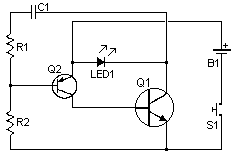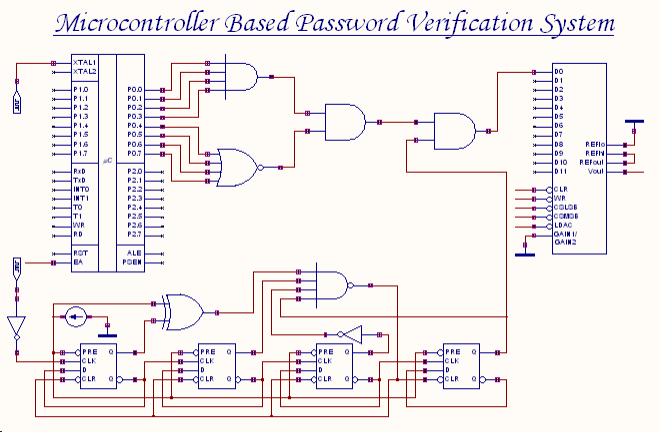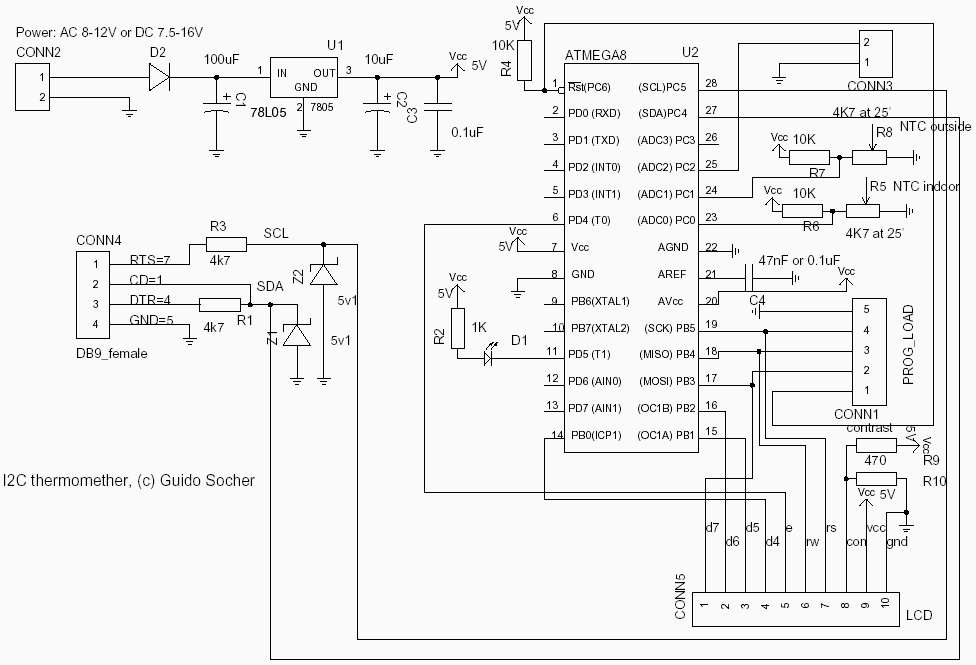
Infa-red Remote Control

A series of requests have been received for schematics related to infrared remotes. This document provides a schematic for a remote control that transmits a tone using an infrared LED. The receiver decodes this tone, ensuring that it only activates when it detects the specific tone, thereby preventing accidental activations.
The infrared remote control circuit comprises several key components that work together to transmit and receive signals effectively. The primary component of the transmitter is the infrared LED, which emits infrared light modulated at a specific frequency to represent the desired tone. This modulation can be achieved using a simple oscillator circuit, which generates a square wave signal that drives the LED.
The oscillator circuit typically consists of a 555 timer IC configured in astable mode. Resistors and capacitors are selected to set the frequency of oscillation, which corresponds to the tone that the receiver will detect. The output from the 555 timer is connected to the anode of the infrared LED, while the cathode is grounded. A current-limiting resistor is also included in series with the LED to prevent excessive current flow, which could damage the LED.
On the receiving end, the infrared signals are detected by a photodiode or a phototransistor, which is sensitive to the frequency of the transmitted tone. When the phototransistor receives the modulated infrared light, it conducts, allowing current to flow through to the output stage. The output can be connected to a microcontroller or a relay, which can be used to control other devices based on the received signal.
To ensure reliable operation, the receiver circuit may incorporate a bandpass filter that allows only the specific frequency of the transmitted tone to pass through, rejecting other ambient light interference. This filter can be implemented using passive components such as capacitors and inductors or active components like operational amplifiers.
Overall, this infrared remote control system offers a robust solution for wireless communication, minimizing the chances of unintended activations through its tone-based encoding and decoding mechanism.I have received a number of emails requesting schematics for infa-red remotes. So here is one. This remote transmits a tone using an infa-red LED. This tone is decoded by the receiver. Since the receiver only switches when it "hears" the tone, there are no accidental activations. 🔗 External reference
The infrared remote control circuit comprises several key components that work together to transmit and receive signals effectively. The primary component of the transmitter is the infrared LED, which emits infrared light modulated at a specific frequency to represent the desired tone. This modulation can be achieved using a simple oscillator circuit, which generates a square wave signal that drives the LED.
The oscillator circuit typically consists of a 555 timer IC configured in astable mode. Resistors and capacitors are selected to set the frequency of oscillation, which corresponds to the tone that the receiver will detect. The output from the 555 timer is connected to the anode of the infrared LED, while the cathode is grounded. A current-limiting resistor is also included in series with the LED to prevent excessive current flow, which could damage the LED.
On the receiving end, the infrared signals are detected by a photodiode or a phototransistor, which is sensitive to the frequency of the transmitted tone. When the phototransistor receives the modulated infrared light, it conducts, allowing current to flow through to the output stage. The output can be connected to a microcontroller or a relay, which can be used to control other devices based on the received signal.
To ensure reliable operation, the receiver circuit may incorporate a bandpass filter that allows only the specific frequency of the transmitted tone to pass through, rejecting other ambient light interference. This filter can be implemented using passive components such as capacitors and inductors or active components like operational amplifiers.
Overall, this infrared remote control system offers a robust solution for wireless communication, minimizing the chances of unintended activations through its tone-based encoding and decoding mechanism.I have received a number of emails requesting schematics for infa-red remotes. So here is one. This remote transmits a tone using an infa-red LED. This tone is decoded by the receiver. Since the receiver only switches when it "hears" the tone, there are no accidental activations. 🔗 External reference





